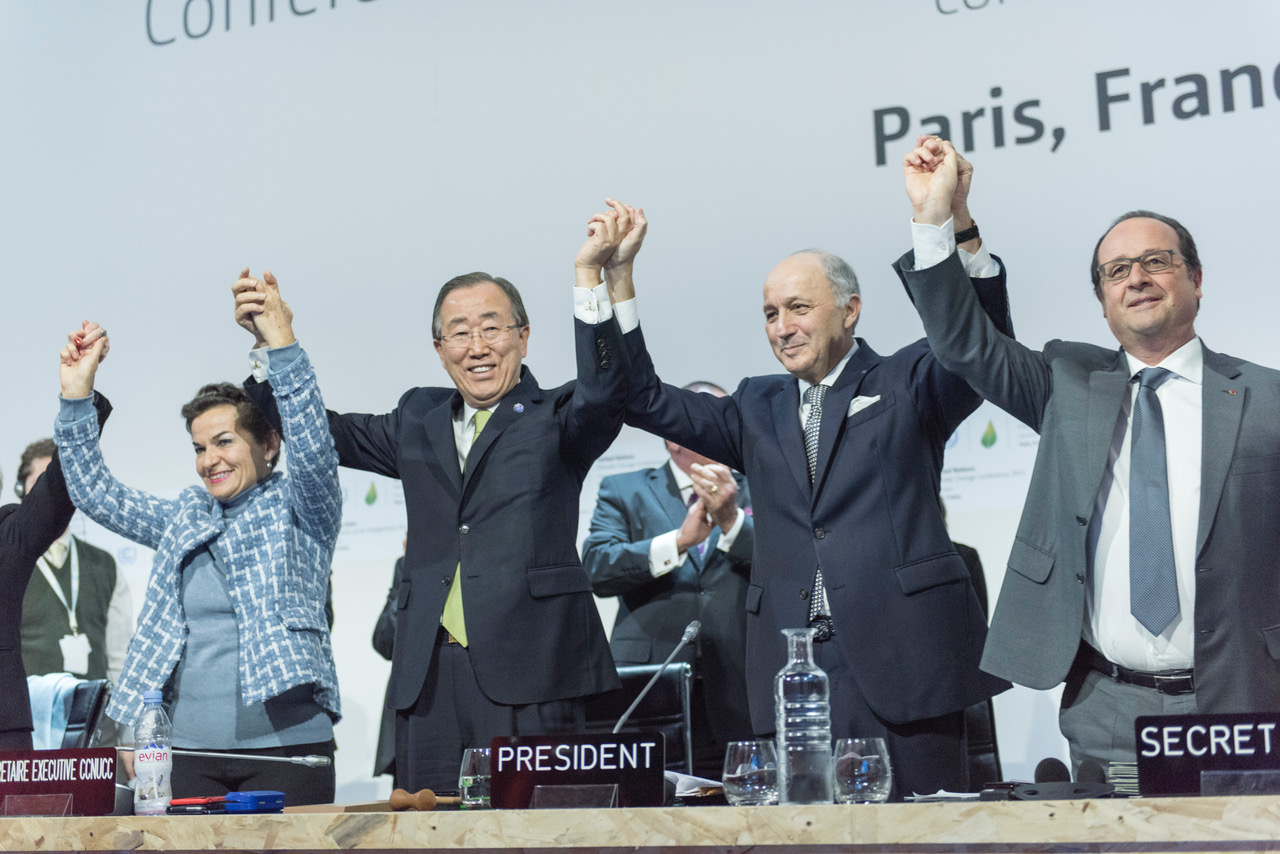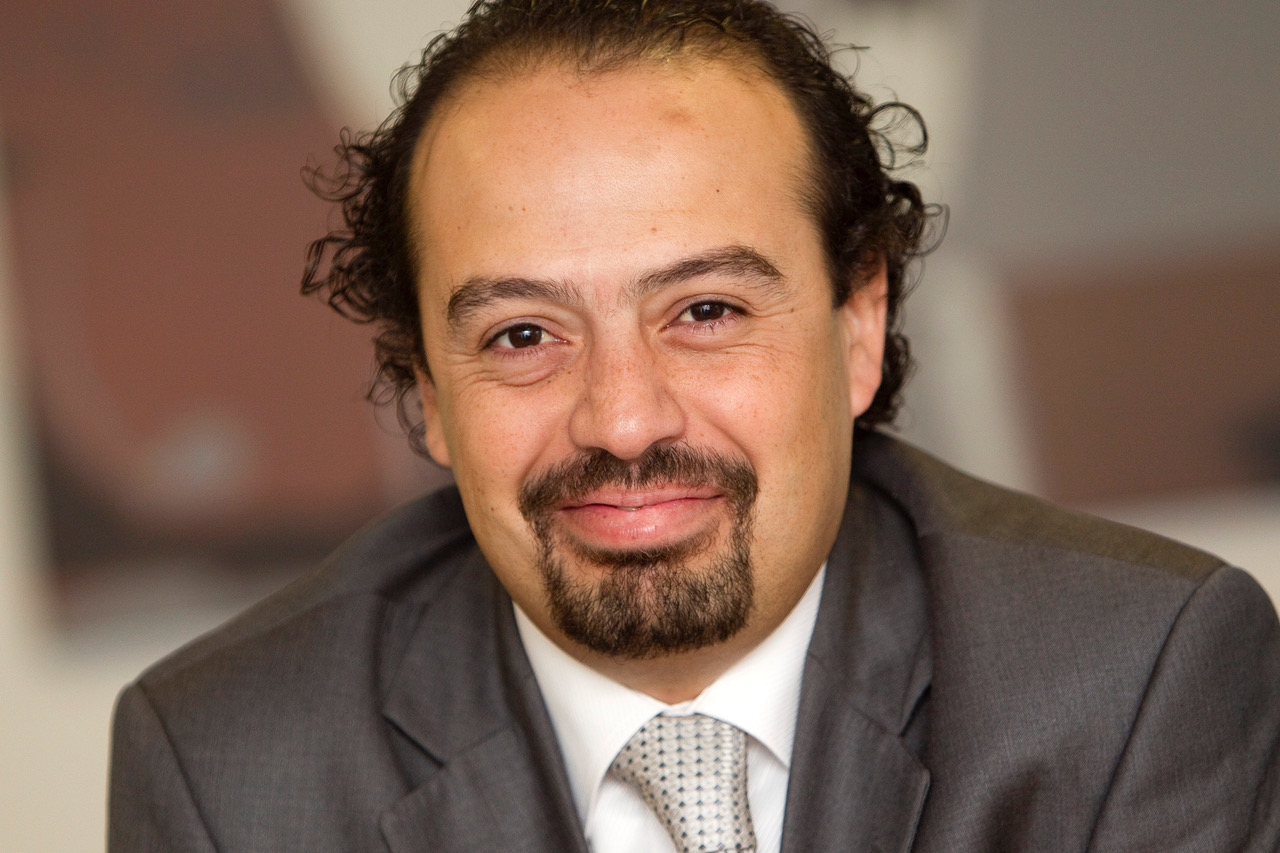
Photo: Mail-Attachment_3
The road after Paris
23 October 2017
by Jonathan Andrews
Jonathan Andrews explores how ICLEI Europe is driving sustainability initiatives to help cities achieve the Paris Agreement goals
The ghost of the failed 2009 United Nations Climate Change Conference in Copenhagen cast a long shadow over successive climate change summits, recalls Yunus Arikan, Head of ICLEI Global Policy and Advocacy.
COP15, as it is better known, was preceded by enormous pressure to succeed. Late night and tense negotiations between countries up until the last day were in vain. By the end of the conference the parties had failed to reach a legally binding and unanimous agreement on commitments to reduce CO2 emissions. It was not until 2014 that a path towards an agreement was finally made.
“[Up until then governments] were still not sure how to handle and go about it as [Copenhagen] was still a failure and everyone was trying to prevent that from happening again,” says Arikan.
It was when Ban Ki-moon, the then Secretary General of the UN, announced he would host a climate summit in New York in 2014–inviting leaders of government, private sector and civil society–that optimism returned. The key difference between this and previous climate summits was the focus on initiatives and actions rather than agreements between countries.
“ICLEI supported this and provided very concrete proposals and initiatives like the Compact of Mayors,” explains Arikan. “This changed the mindset significantly, saying that this is no longer only the business of national governments but that everybody is a stakeholder and playing a role. That was a key moment.”
At the 2014 summit, ICLEI, together with partners like C40 and UCLG, showed to the world that cities and regions were ready, united with their own initiatives. The appointment by Ban of Michael Bloomberg, a former Mayor of New York and previous Chair of C40, as special UN envoy on cities and climate change added valuable weight.

“That was a good signal, as at the local level we were not torn apart but we were together–north and south, east and west,” comments Arikan.
He is proud to say that ICLEI played a large role in this as the network had been managing the roadmap of advocacy and the carbon registry–the opportunity and tools–for an agreement to succeed.
“We can comfortably say that we were the ones building bridges among the partners and the networks,” he says. “We followed the technical negotiations and so continued to navigate through the negotiation deals.”
Europe’s role
With the two COP meetings that followed the Climate Summit being held in Warsaw (2014) and Paris (2015), European cities were set to play a major role. Ironically neither Warsaw nor Paris had previously been members of ICLEI but after working with the network, they both signed up in 2015. Today, the European secretariat counts a growing membership of more than 160 cities and regions.
“ICLEI is one of the few networks that knows the European process but also follows the global agenda. That was an added advantage that we brought to the table,” says Arikan.
The merger of the Compact of Mayors, which ICLEI played an instrumental role in forming, and the Covenant of Mayors has further strengthened Europe’s positioning, says Arikan, as the new headquarters will be based in Brussels.
And Europe will be at centre stage this year as Bonn, where ICLEI’s global secretariat is based, will host COP23 in November when the exact details of how to achieve the Paris Accord will be hammered out.
Essen, the European Green Capital, will be working with ICLEI to highlight during COP23 its transition from a heavily polluted and industrial city to becoming a greener and low-carbon economy. Although not always a ‘leap frog’ option for the global south to follow the north, Arikan believes it is important for the north to continue to show they are leading and transforming into low-carbon economies.
“European cities, and with German cities being highly visible in COP23, will give an opportunity to show this is doable,” he says.
Not all about Paris
With all the attention on the Paris Agreement, it is easy to pass over other initiatives that have been producing results. Over 20 years ago, ICLEI Europe launched its initiative on Sustainable Public Procurement, which has been extended to become a global procurement network. Every year members of the network provide updates and link their procurement activity to the low-carbon agenda.
“For a long time the climate agenda was focused on investment and was very project specific but now there is a huge concept of municipal budgets and what they can play in the new low-carbon economy,” says Arikan.
With the tightening of budgets for city governments, one of the most compelling arguments related to the benefits of innovative and sustainable procurement is that it operates within budgetary parameters–it is not additional money being assigned, but rather a better allocation of existing funds.
“The traditional approach to procurement is to define in detail the goods or services that the purchasing authority wants,” explains Mark Hidson, Deputy Regional Director Europe, ICLEI. “Businesses then compete to see who can offer the service at the lowest price. Innovative procurement turns this formula on its head. Its major difference is its ambiguity–instead of specifications, the purchasing authority lays out a need to be met (for example, a constant office temperature of 22°C), leaving it up to the tenderer to propose a creative solution–a so-called output- or performance-based specification.”
ICLEI Europe’s work in the field includes the development of the Procurement of Innovation Platform (PPI), an online hub created with support from the European Commission.
Aimed at public authorities, procurers, policy makers, researchers and other stakeholders, the platform is comprised of three elements: a website, a procurement forum, and a resource centre.
The forum is a specially designed networking tool with 4,300 members. It is a space for procurers and related stakeholders to discuss, share and connect. The resource centre provides a centralised database for PPI guidance, gathering useful documents in one place. Over 600 resources are available, including national and European policy and strategy documents, tools, case studies, details of projects and initiatives, as well as reports and valuable links on innovation and procurement.
At ICLEI’s Global Lead City Network on Sustainable Procurement meeting in Seoul last year, key European cities outlined how this approach is helping them achieve the Paris Agreements.
Perttu Pohjonen, Special Envoy for the Deputy Mayor of Helsinki, explained how the city’s environmental network for procurement has reinforced the cooperation and information exchange needed for Helsinki to reach its 100 percent SPP target by 2020.
Similarly Peter Szegvari, Senior Advisor to the Lord Mayor of Budapest, said the use of green criteria in the procurement process for the lighting of the Liberty Bridge, resulted in the purchase of more than 500 LED light bulbs.
Looking ahead
According to Arikan, since Local Agenda 21 was announced in 1992–the same year that ICLEI Europe was established–it has been local action that has driven sustainability issues. Now, after the Sustainable Development Goals were implemented two years ago, national governments are restrengthening their commitments.
“We don’t have any excuse not to demonstrate that transformation is doable,” he says. “We can now roll it out because we have national governments on board, European cities are on board. We are in the new era where we should be much more collective and the European secretariat and members are demonstrating their leadership in this stance.”








